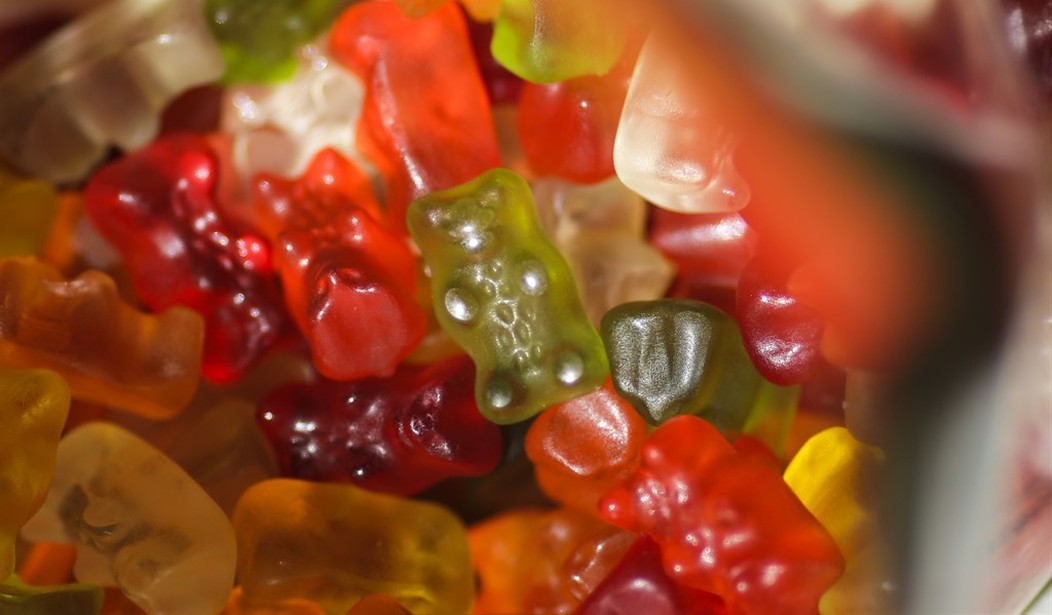To reduce the environmental impact of certain foods, climate zealots are pushing plant-based proteins on consumers, trying to normalize “sustainable alternatives” like insects, and even growing “meat” substitutes in labs. If those options sound unappealing to you, just wait until you hear what scientists at Michigan State University have cooked up.
In an effort to repurpose the waste from windmill blades, which are cumbersome to dispose of in landfills once its lifecycle ends, researchers at Michigan State University are exploring making the blades out of a different material, one that can be recycled to make new products, including edible items.
Researchers at Michigan State University have made a composite resin for the blades by combining glass fibres with a plant-derived polymer and a synthetic one. Once the blades have reached the end of their lifespan the materials can be broken down and recycled to make new products including turbine blades – and chewy sweets.
To combat the waste, researchers designed a new form of resin. Digesting the resin in an alkaline solution produced potassium lactate, which can be purified and made into sweets and sports drinks.
“We recovered food-grade potassium lactate and used it to make gummy bear candies, which I ate,” said John Dorgan, one of the authors of the paper.
The alkaline digestion also released poly(methyl methacrylate), or PMMA, a common acrylic material used in windows and car taillights.
On eating gummy bears that are derived from a wind turbine, Dorgan says “a carbon atom derived from a plant, like corn or grass, is no different from a carbon atom that came from a fossil fuel. It’s all part of the global carbon cycle, and we’ve shown that we can go from biomass in the field to durable plastic materials and back to foodstuffs.” (The Guardian)
“I’m trying to push the boundaries of how people think about recycling,” said John Dorgan, MSU professor of chemical engineering and materials science. “It’s about creating additional options and getting people to think about ‘What really are the limits on recycling?’ And as far as I know, nobody’s ever reprocessed a durable composite material into something that can be eaten.”
There may be a reason for that.

























